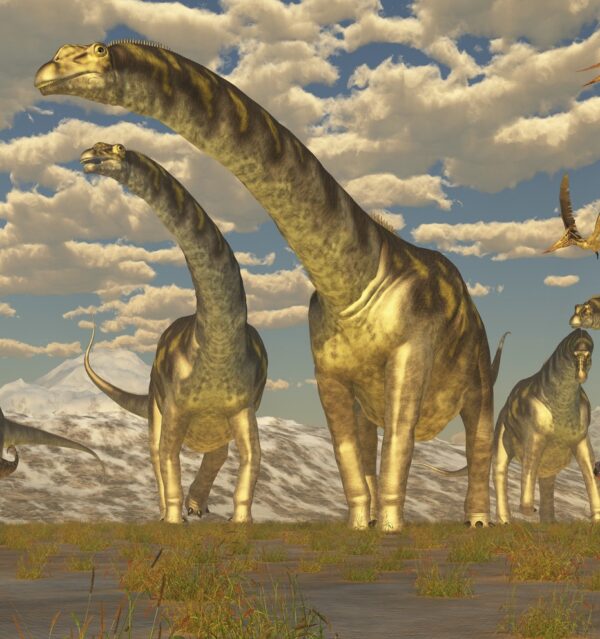
the most massive dinosaur that ever existed.
The largest animal ever to walk on Earth was likely the dinosaur Argentinosaurus, a hulking 77-ton (70 metric tons) titanosaur that lived about 90 million years ago during the Late Cretaceous. For comparison, the heaviest animal on land today is the African elephant (Loxodonta), which weighs less than 7 tons (6 metric tons). And both look positively dainty next to the blue whale (Balaenoptera musculus), which, at an average of 165 tons (150 metric tons), may be the heaviest animal ever to have lived.
But could any animal ever top that? Is there a limit to how large an animal can get?
“We look at blue whales, and the question is whether we could get anything bigger,” Geerat Vermeij, a professor of geobiology and paleobiology at the University of California, Davis, told Live Science. “I’m not sure I’d be willing to say no to that question. Size depends on many factors, and I take a relativistic point of view.”
At least in theory, though, there may be a hard limit — enforced by the laws of physics — of about 120 tons (109 metric tons) for land animals, according to Felisa Smith, a professor of paleoecology at the University of New Mexico. “To be bigger than that, on land, your legs would have to be so wide to support your body that you couldn’t efficiently walk,” she told Live Science in an email.
“Writer Fuel” is a series of cool real-world stories that might inspire your little writer heart. Check out our Writer Fuel page on the LimFic blog for more inspiration.

